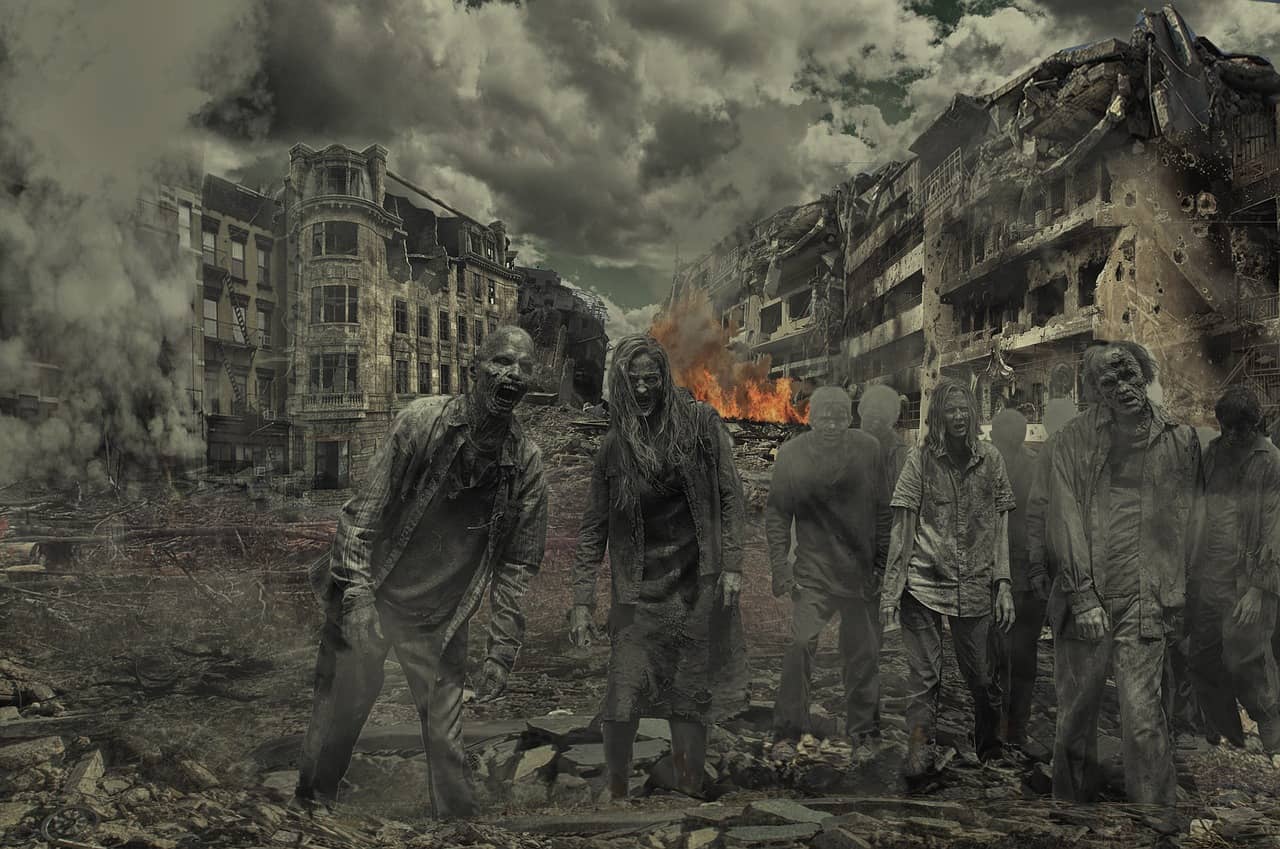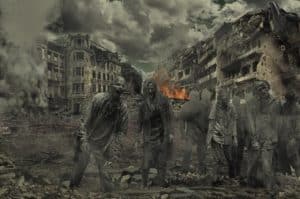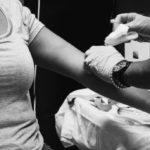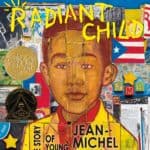
2
JulAt Least There Were No Zombies
 Wow… that really happened. We experienced a worldwide pandemic, including quarantines, shutdowns of businesses and services, and worst of all, millions of deaths. We made it through the worst of it in the US, but the threat remains, and we struggle to recover. In the past couple of centuries plenty of authors and filmmakers have imagined such a scenario, and in retrospect I find it fascinating to look at what they got wrong and what they got right.
Wow… that really happened. We experienced a worldwide pandemic, including quarantines, shutdowns of businesses and services, and worst of all, millions of deaths. We made it through the worst of it in the US, but the threat remains, and we struggle to recover. In the past couple of centuries plenty of authors and filmmakers have imagined such a scenario, and in retrospect I find it fascinating to look at what they got wrong and what they got right.
The History Channel’s 2010 docudrama After Armageddon speculates on how a global pandemic would pan out serving as a warning to humankind. In their scenario, as in many others such as The Walking Dead, gridlock turns into a huge problem as citizens try to flee cities, and as a result, the infrastructure for shipping goods and fuel collapses. Indeed, we did see major delays in transportation and shipping, and hence shortages and stockpiling of goods like toilet paper. “Only a fraction of people go to work,” not due to shelter in place orders and the ability to work from home, but because they want to be with their families at the end of the world. The sick overwhelm hospitals (although mask-wearing remains sporadic) and rather than stepping up as heroes, medical professionals jump ship, and then hide their skill sets.
Of course fiction tends to exaggerate for artistic effect, and stories about outbreaks and survival make for thrilling novels and movies. Instead of depicting sufferers sadly dying alone at home or in hospitals they often show them turning into zombies. In Richard Matheson’s I am Legend and its eponymous film adaptation, (as well as The Last Man on Earth with Vincent Price and Omega Man), the sick become vampiric mutants. In the movies 28 Days Later, Dawn of the Dead and (my favorite) Train to Busan, the undead stop at nothing to attack humans.
Likewise, stories overestimate the breakdown of society and its rapid descent into chaos. After Armageddon suggests merely four days of food shortages before the outset of anarchy, including widespread killing and looting. In World War Z by Max Brooks and the movie based on it, rioting kills more people than the illness itself. In Stephen King’s The Stand and the 1994 and 2020 miniseries based on it, as well as the Walking Dead series, the survivors, pitted against each other for survival, must choose between good and evil – preying on others to get by versus helping each other, hoping to restore some semblance of normalcy.
A few predictions did match the reality of COVID-19. In World War Z the pandemic begins in China, and in Carriers, Asian Americans fall victim to murder in response to “bringing” the sickness. We learned that the coronavirus spread from animals to humans, and likewise in the film Outbreak, partially inspired by Richard Preston’s nonfiction book The Hot Zone, a fictional ebolavirus comes from an African capuchin monkey (even though capuchins do not live in Africa). In 28 Days Later a chimpanzee first carries the infection. As with COVID, the highly contagious and life threatening viruses have high fatality rates and no treatments or cures. The strain in Outbreak mutates into an airborne version, resulting in the best scene in the film: a man having a coughing fit in a crowded theater, showing respiratory droplets in slow motion flying out of his mouth, some landing in the open mouth of a laughing woman. He stumbles into the lobby sweating and coughing on everyone without covering his mouth. The most spot-on line comes from the movie Carriers, “Avoid the infected at all costs; their breath is highly contagious… disinfect anything they’ve touched in the last 24 hours.”
In pandemic stories, survivors persist with the goal to find a cure. In The Walking Dead , Contagion and Outbreak they hold out hope that the CDC in Georgia has Dr. Fauci types searching for a “serum.” The response to COVID-19 demanded innumerable scientists around the world working full throttle to develop a vaccine, and government support to support the research and coordinate vaccination rollouts. With artistic liberties, fictional tales may feature a lone hero who manages to find a cure in a timely manner, like Robert Neville in I am Legend.
Predictably, most pandemic fiction ends with a somewhat happy ending. Given that, as predicted by After Armageddon, all communications and utility infrastructures eventually fail, meaning no internet, phones, electricity or running water, those remaining on earth must start over, going back to basics and living off the land. They relearn skills like canning, gardening, and perhaps even fermenting alcohol, like those of us who baked our own bread during quarantine. Our hero Neville brings his cure to one such survivor colony in Bethel, Vermont.
While we recover from the COVID-19 epidemic, move toward the “new normal,” and mourn the dead, we may also take heart in knowing that things could have been far worse. By and large, law abiding citizens complied with mandates, stayed home, practiced social distancing, and wore masks. In Outbreak, military-imposed quarantines and martial law result in backlash. Contagion also shows rebellion against quarantine, along with the emergence of conspiracy theories and the exposure of malevolent or incompetent authorities. In real life, crime rates in most categories dropped as people stayed home, and the masses did not resort to killing each other in the streets. Granted, the fictionalized pandemics tended to manifest in ways far worse and more widespread than what we experienced; fortunately we learned lessons and may be better prepared for future outbreaks. Above all, let’s give thanks that we didn’t have zombies.
Lydia Sampson is the Assistant Director at the Morrill Memorial Library in Norwood, MA. Look for her article in the July 1, 2021 issue of the Transcript and Bulletin.








